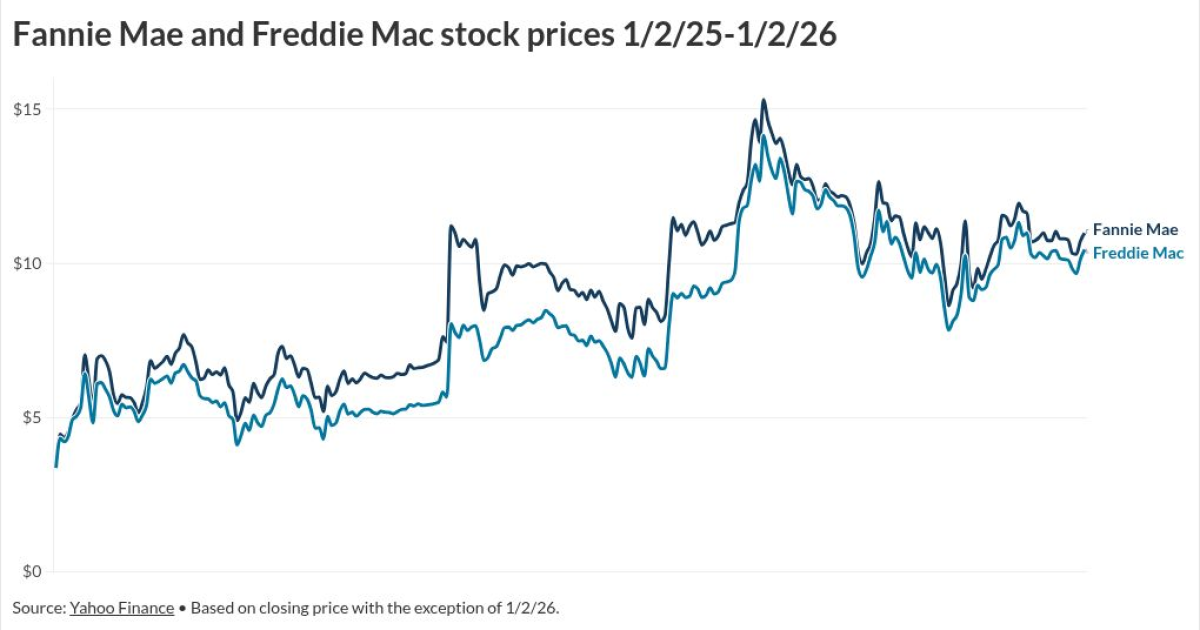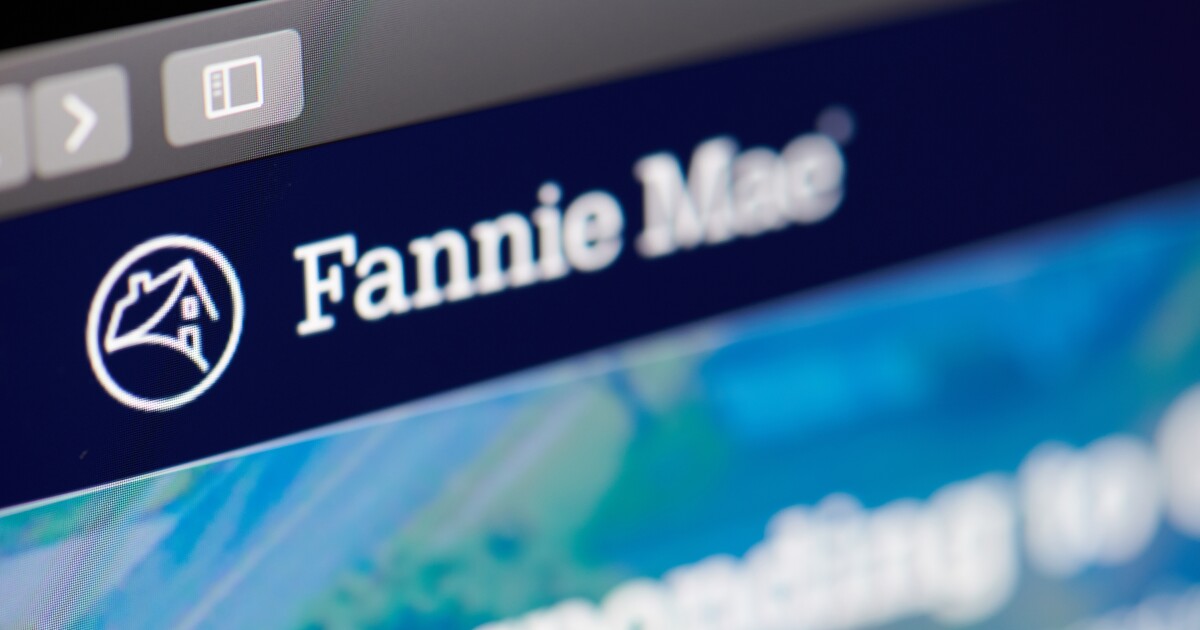
Unlike the forecast for nonbank lenders and banks, the 2024 outlook at state housing finance agencies is promising largely thanks to their use of bond financing, a new report from Moody's said.
A robust volume of single-family production is ahead for state HFAs in 2024, continuing current-year trends, which already put them back near pre-pandemic levels, according to the credit and data analysis agency.
"HFAs' lending activity will remain healthy in 2023 and into 2024, largely due to their competitive edge and ability to finance loans using tax-exempt bonds," the Moody's Investor Service report said.
By the end of 2023, Moody's expects dollar volume of originations at state agencies it rates to approach $29 billion, similar to the 2019 total. Buyers looking for greater affordability offered through products from state housing programs, which are often bond funded, should provide momentum in a market currently dogged by spiking interest rates and little downward price movement.
The prolonged slowdown in the housing market — which caught independent mortgage banks and depositories off guard after the boom years in 2020 and 2021 — continues to contradict analysts' previous expectations and leave companies struggling. The conditions look set to continue for several more months, according to recent analysis by the Mortgage Bankers Association, leading many for-profit lenders with muted expectations for 2024.
But those conditions likely mean opportunity for increased revenue at state housing finance agencies, according to Moody's, which pointed out that "tax-exempt bond financing allows them to offer a more competitive mortgage rate than conventional lenders." HFAs may also offer down payment and closing cost assistance to attract consumers. Increased activity at HFAs means more loans will be recorded on their balance sheets, providing them with a stable source of mortgage and servicing income for an extended period as well.
The share of bond-financed mortgages in HFAs' books will likely rise to 54% of total volume this year, up from 46% in 2022. On a dollar basis, the numbers come out to approximately $16 billion in 2023 and $10.5 billion last year.
Taxable bond issuance to support future single-family originations also looks to increase to $7 billion in 2023, up from $2.85 billion a year ago.
Also providing favorable tailwinds are risk management strategies employed by state HFAs. Increased investments in mortgage-backed securities as well as their participation in the Federal Housing Administration's risk-sharing program should help offset any shock resulting from any sudden adverse market conditions, Moody's said. Approximately 46% of the single-family loan portfolios for HFAs Moody's rates consist of MBS, up from about 20% 10 years ago.
But cloudier skies may be on the horizon when it comes to multifamily production at state HFAs, even as the near term looks encouraging, the report said. Macroeconomic headwinds, including elevated inflation that has upped the price of building materials, is creating a need to come up with other financing methods beyond tax-exempt bonds and low-income housing tax credits.
Loan performance within HFA portfolios also contributed to the solid forecast for the next year. With most borrowers of single-family mortgages sitting on low fixed rates and sizable accrued equity, they are more likely to prioritize staying current on their mortgages. State agencies frequently service the loans as well and can engage directly with borrowers when any signs of distress appear.
On multifamily servicing, the recent demand for affordable housing has led to nearly all HFA-funded projects remaining current on repayments.



